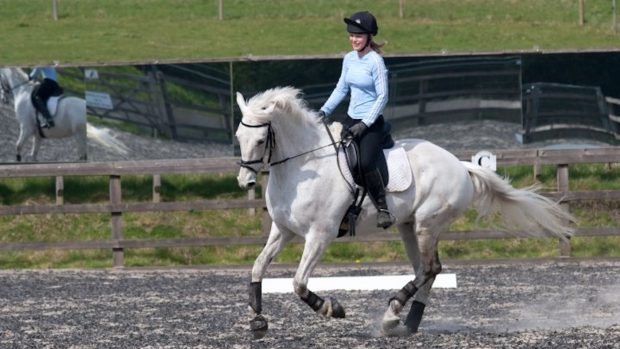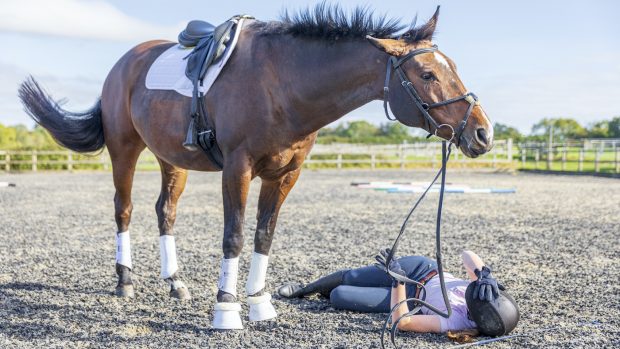1 in 4 spinal fractures are undetected in jockeys admitted to A&E, according to the Professional Jockeys’ Association (PJA).
The organisation is launching a trial to try and improve diagnosis. The PJA medical report, which analysed data since 2009, revealed the extent of misdiagnosed vertebral injuries.
Racing authorities believe that A&E staff may not understand the mechanics and potential injury of a fall from a horse travelling at 30-40mph. The PJA has instigated an “informal trial” whereby jockeys are sent to hospital with video footage of their fall, potentially on a mobile phone.
The PJA sent a letter to racecourses on 7 March launching this trial, which is backed by the British Horseracing Authority and the Racecourse Association Ltd.
“The first responders on the track are brilliant and literally save lives,” said the PJA’s Paul Struthers. “But even if hospitals are told what the problem is and that they need to investigate it, unfortunately not all do.”
Top female Flat jockey Hayley Turner suffered a heavy fall last September. She was initially told she had sustained soft tissue damage, but a pelvic injury was diagnosed later that month. Further assessment revealed 3 vertebral fractures.
A&E nurse Sophie Rubie, from St George’s Hospital, Tooting, said footage would make “a huge difference”.
“The mechanism of injury is of utmost importance in trauma medicine,” she said. “Even if someone walks in seemingly ‘unscathed’ from a trauma, a full history of the mechanism is taken — for example in a jockey scenario, the speed and landing.
“The ones that may slip through the net are if they have no tenderness over their spine. Here a video would probably lead automatically to immobilisation of the spine, and x-rays.”
This article was first published in Horse & Hound magazine (20 March 2014)





